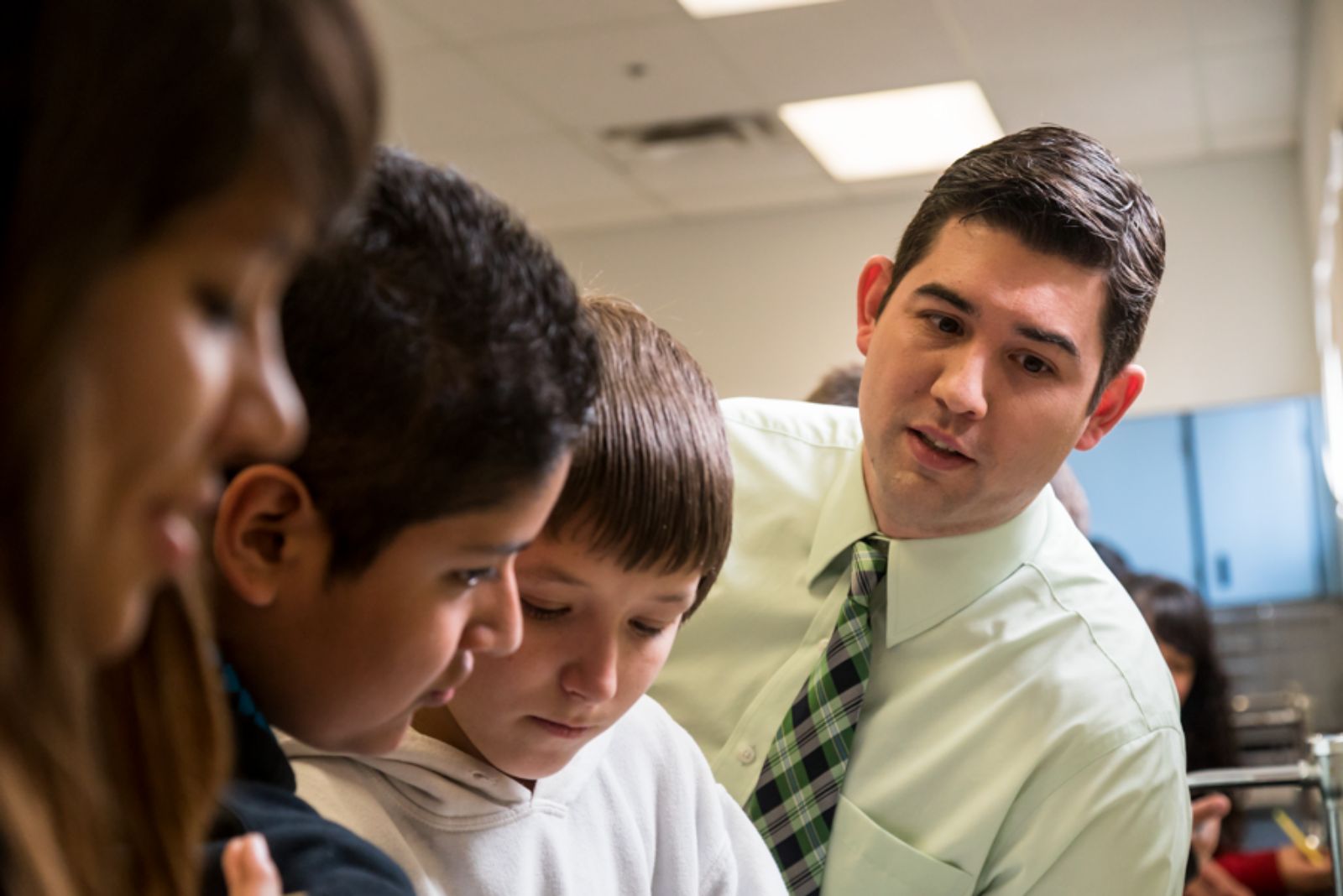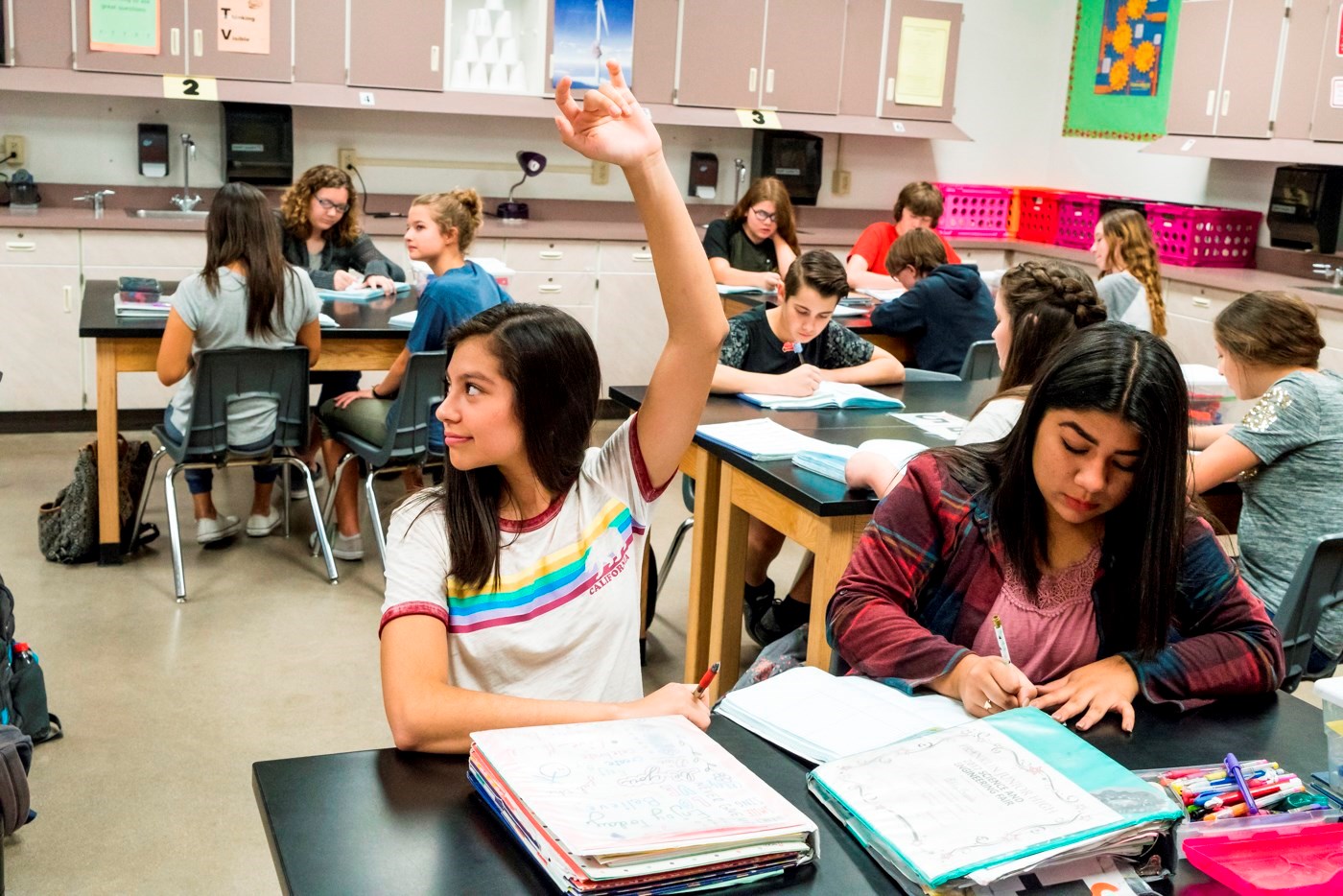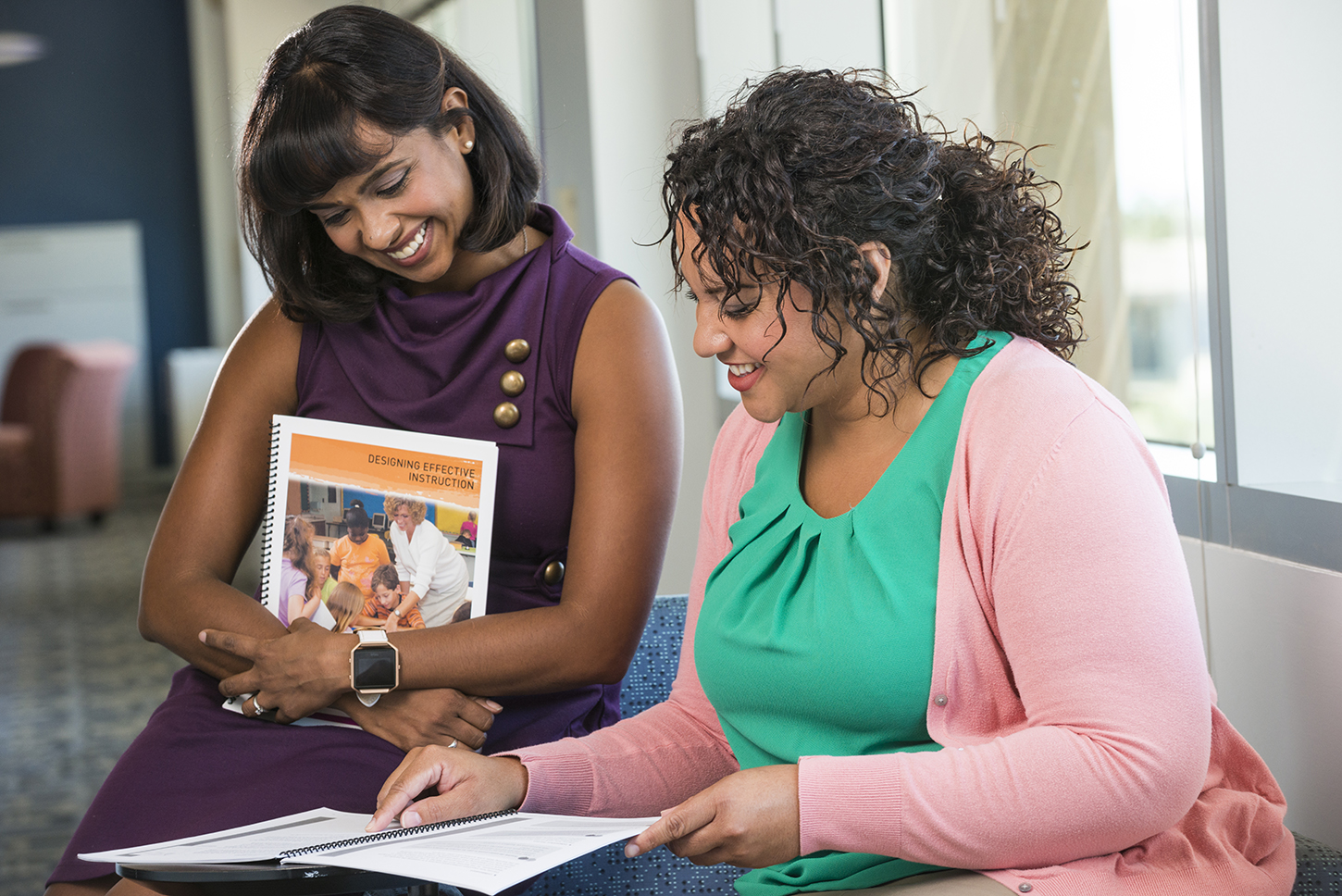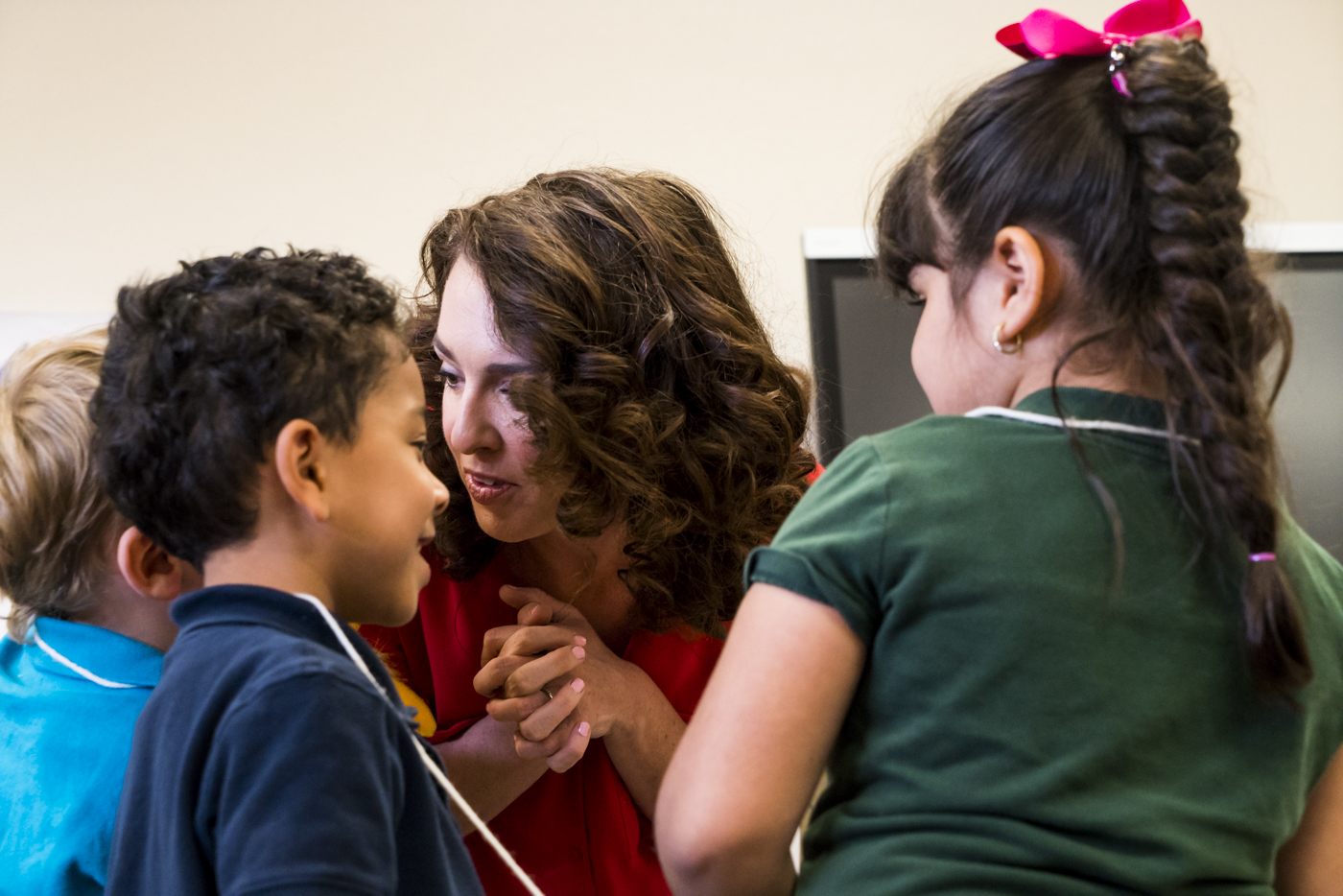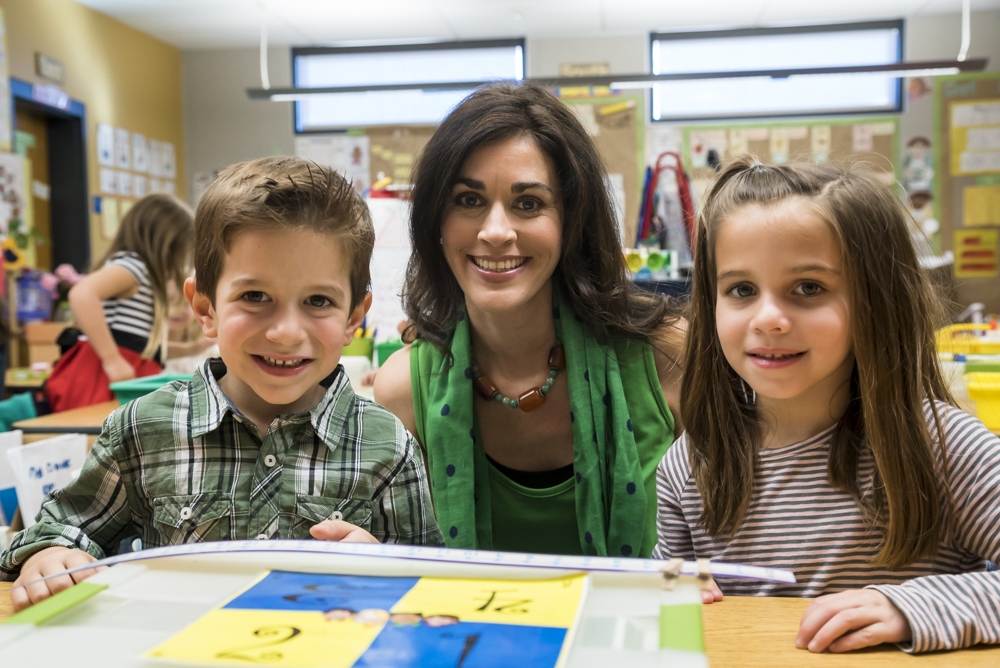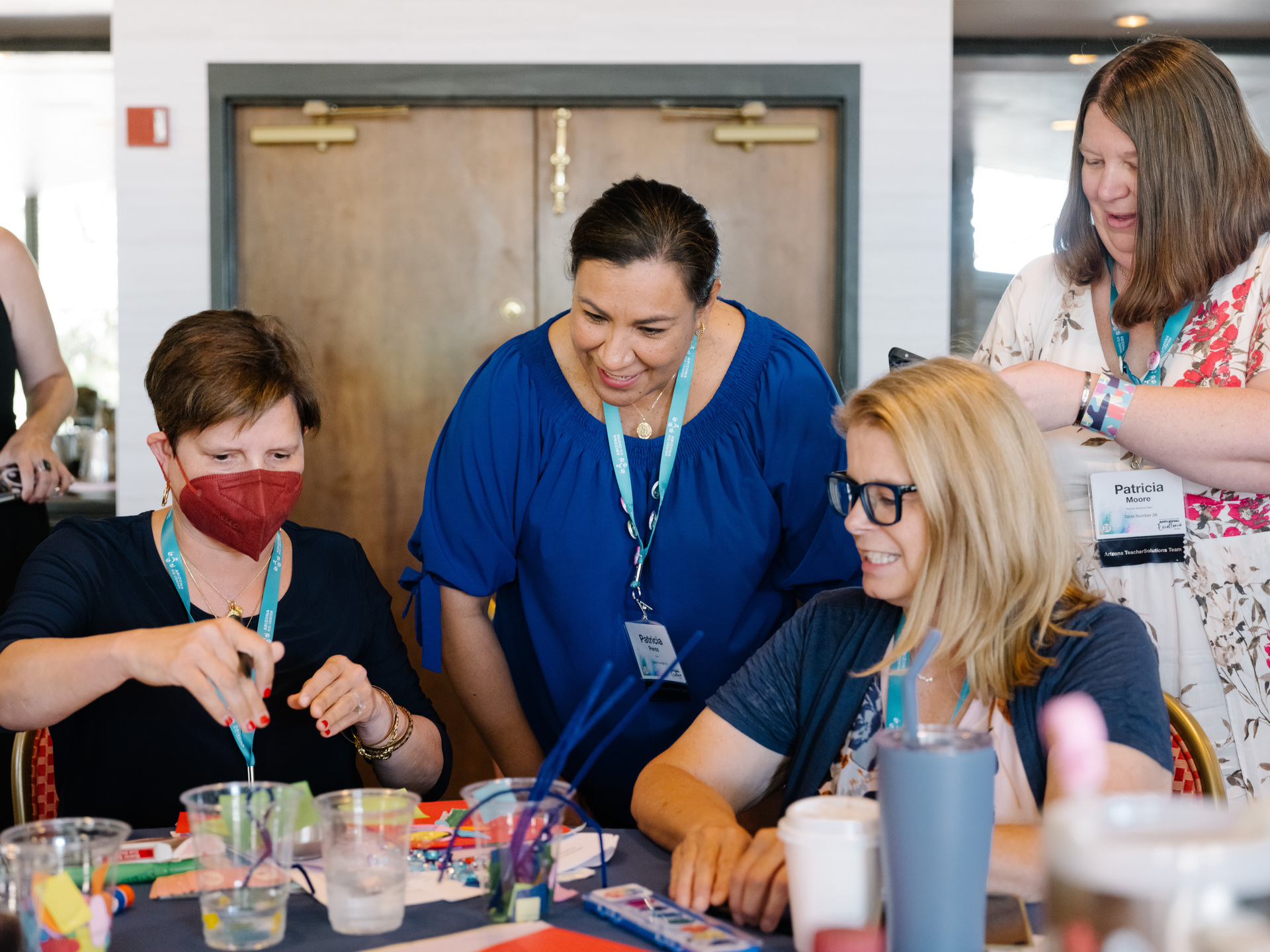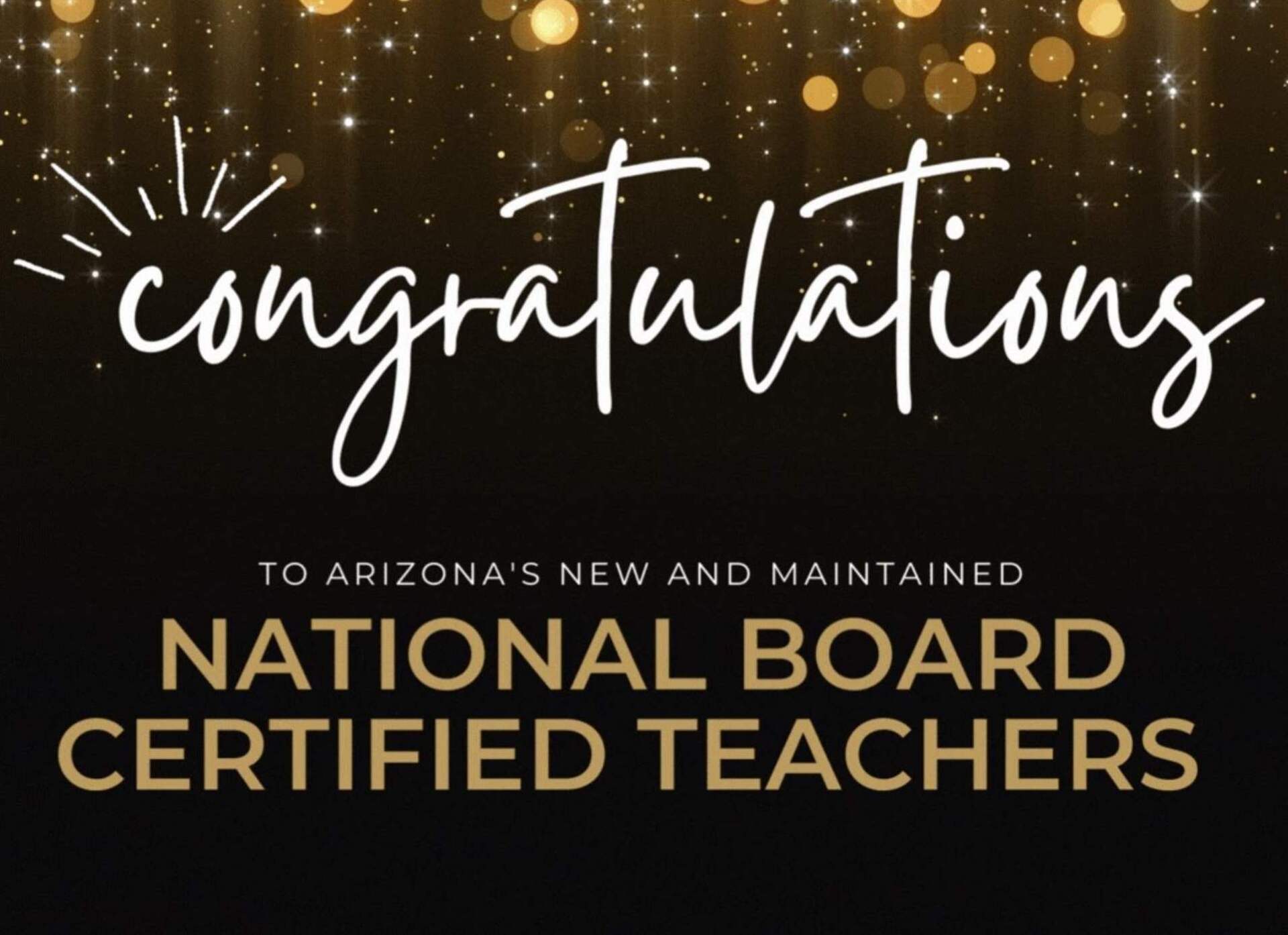November 1, 2019
Clarity Is Key: A Conversation With Olivia Amador-Valerio
When it comes to the classroom, every second needs to count. Enter The Teacher Clarity Playbook.
Dr. Olivia Amador-Valerio, an award-winning elementary school principal, former bilingual teacher, and reading and language arts specialist, co-wrote The Teacher Clarity Playbook with Douglas Fisher, Ph.D., and Nancy Frey, Ph.D. The research-based book shows practitioners how to align lessons, objectives, and outcomes in a way that makes classroom time effective.
We recently spoke with Dr. Amador-Valerio about her work, the book, and what attendees can expect to gain from the Jan. 23 in-person event.
Can you give context for how The Teacher Clarity Playbook came to be?
The Teacher Clarity Playbook work was propelled by the Visible Learning research, and the impact it potentially has on learning when implemented with frequency, intensity, and duration.
During my service as a school principal, and in partnership with teachers, we examined our planning practices to understand grade-level standards, instructional delivery, and assessment for progress monitoring. With the help of Doug Fisher and Nancy Frey, we defined our Teacher Clarity practices, aligned instruction that was infused with high-impact practices, and developed assessments focused on informing us about our impact on learning. That was a different way to view our work and it was exciting to celebrate the shift in achievement with our students.
Then Doug and Nancy began to build out the framework for the book and invited me to co-author with them and Joseph Assof.
Define clarity as it relates to the book.
It means making the learning destination clear for students. It also means viewing the planning side of clarity by asking: “Are we getting at the aim of the standard?”
Clarity is used to introduce and conclude learning that begins and ends with grade-level standards. The outcome for learning is achieving mastery, and this is achieved by understanding the learning progressions associated with grade-level expectations. To achieve this level of planning, teaching thinking is linked to this: Will students be able to answer the following questions?
- What am I learning?
- Why am I learning this?
- How will I know if I learned it?
When teachers are clear about the learning destination, lessons will be designed more effectively.
Explain the influences behind the methods outlined in the book.
The methods in each of the book’s modules reflect lived teaching and learning experiences from the field, and they also directly correlate with the Visible Learning research and the belief that Teacher Clarity makes all other high-impact practices more effective. The book reflects the K-12 range, and is intended to connect with the hearts and minds of practitioners in our industry.
What are the biggest takeaways for teachers?
Wherever teams are as it relates to the clarity work, there is a module that will lift the conversation at the planning table. Additionally, the book builds out a standard for grades 1, 4, 8, and 10, and is infused with resources and tools to help teachers understand the what, how, and why.
What will attendees gain at the upcoming event?
What excites me about providing this professional learning in Arizona are connections to the Visible Learning research, a deep look at Teacher Clarity, and a platform to dig into what planning, teaching, and learning through the clarity lens looks like and how this practice expands connectivity to the right work at the right time in our industry.
Learn to teach with clarity
Deepen your understanding of the strategies in The Teacher Clarity Playbook by attending an exclusive learning session with Amador-Valerio on Jan. 23 at the Arizona K12 Center. You can also check out this episode of 3Ps in a Pod podcast with Dr. Amador-Valerio.
